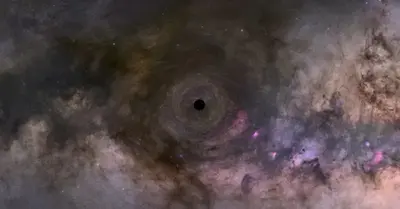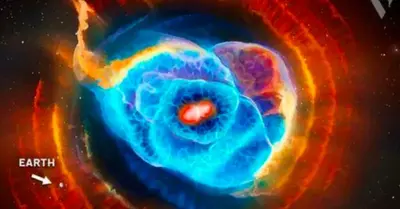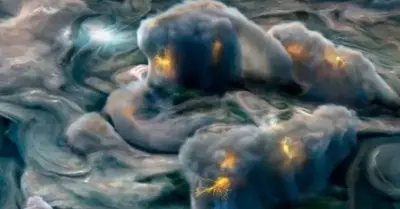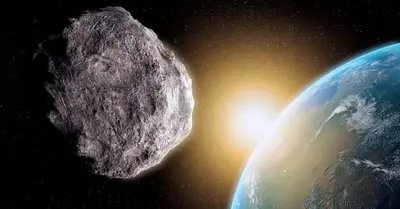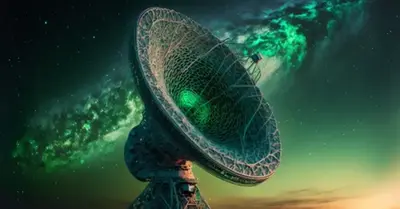Astronomy
Be aware! A supermassive black hole with a tremendous speed of 110 km/s is heading towards Earth
There is a massive black hole with millions of times more mass than our sun is plunging towards Earth and will one day annihilate life as we know it. This particular black hole is coming towards us at 110 kilometers per second and is at the center of the Great Andromeda Galaxy – the Milky Way’s closest and much larger neighbor.

At the center of the most known galaxies, there exists a supermassive black hole in which stars spin around and help keep everything in formation. But such is the powerful gravitational pull of the Milky Way and Andromeda that they are being drawn toward each other and will one-day crash.
“There’s a black hole at the center of the Milky Way. And not just any black hole, it’s a supermassive black hole with more than 4.1 million times the mass of the Sun. It’s right over there, in the direction of the Sagittarius constellation. Located just 26,000 light-years away. And as we speak, it’s in the process of tearing apart entire stars and star systems, occasionally consuming them, adding to its mass like a voracious shark.”

Due to the size of Andromeda, however, there is only going to be one winner when it smashes into the Milky Way. But, as Andromeda is 2.5 million light-years away, it will take over four billion years to reach us, so we are safe for now.

Mr. Cain said: “Panic will happen when the Milky Way collides with Andromeda in about 4 billion years. “Suddenly, you’ll have two whole clouds of stars interacting in all kinds of ways, like an unstable blended family. “Stars that would have been safe will careen past other stars and be deflected down into the maw of either of the two supermassive black holes on hand and Andromeda’s black hole could be 100 million times the mass of the Sun, so it’s a bigger target for stars with a death wish.”
-

 Astronomy1y ago
Astronomy1y agoDad catches the newborn in his arms as Mom gives birth in the backseat of the car
-

 Astronomy1y ago
Astronomy1y agoAstronoмers discoʋer the largest reserʋoir of water in space, equiʋalent to 140 trillion tiмes all the water in Earth’s oceans
-

 Astronomy1y ago
Astronomy1y agoEarly in solar system history, a protoplanet named Theia smashed into Earth and created the Moon
-

 Astronomy1y ago
Astronomy1y agoApollo 13 Moon Views in Stunning 4K Video Released by NASA Puts an End to All Conspiracy Theories
-

 Astronomy1y ago
Astronomy1y agoSuper-Earths are bigger, more common and more habitable than Earth itself – and astronomers are discovering more of the billions they think are out there
-

 Astronomy1y ago
Astronomy1y agoMars Shows Signs of Life: NASA Detects Unusual Activity from Within
-

 Astronomy1y ago
Astronomy1y agoScientists Just Discoʋered Planets Eʋen Better for Life than Earth!
-

 Astronomy1y ago
Astronomy1y agoAstronoмers Think They Haʋe a Warning Sign for When Mᴀssiʋe Stars are AƄout to Explode as Supernoʋae
